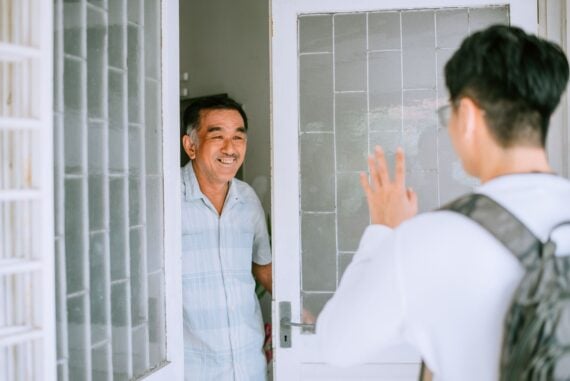An increasing number of businesses across the country are emerging from lockdown and resuming operations. Yet COVID-19 continues to spread and the death toll keeps ticking upward, approaching 100,000. Public health officials warn that the United States lacks the testing and contact-tracing capabilities to support widespread reopening, which has many workers anxious and uncertain about returning to their jobs. Those being called back to work do have some legal rights and protections amid a dangerous pandemic. We spoke with labor rights lawyers and outplacement firms to find out more. In addition, organizations such as the Centers for Disease Control and Prevention and the Occupational Safety and Health Administration have weighed in on this critical topic.
State-by-State Patchwork Approach
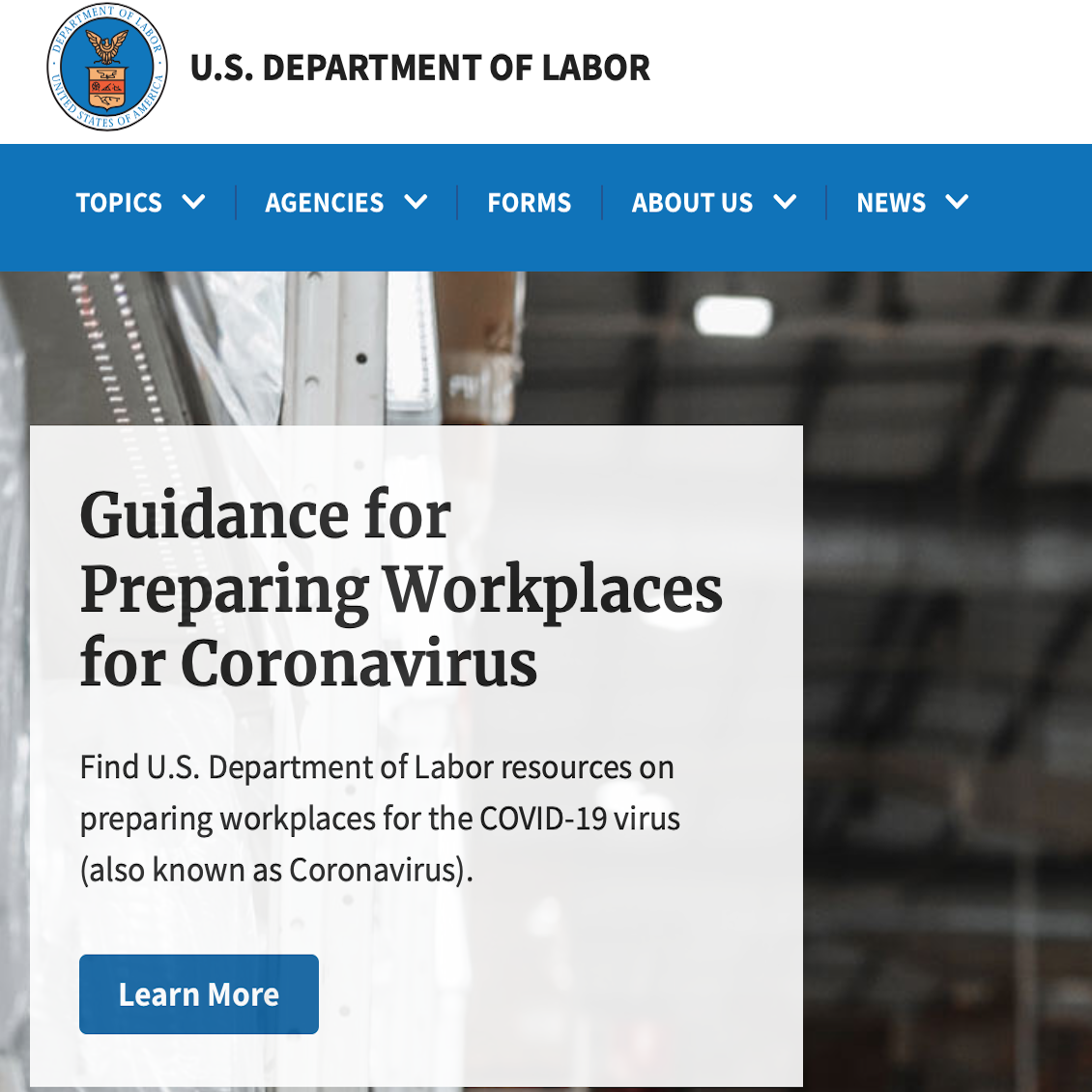
In the United States, health care providers are required to follow certain federal safety guidelines to protect against contagions. However, businesses are not required to follow these laws. As a result, many states and municipalities are currently establishing their own standards. “Many places are putting out specific guidelines for employers,” says labor rights attorney Alex Granovsky of Granovsky & Sundaresh PLLC. “New Jersey, for example, put out specific guidelines, like, you have to wear masks and gloves and practice social distancing.” To find out what laws are in place in your home state, Granovsky suggests visiting the website for your local labor department. “Most states, at this point, have state department of labor websites with fantastic resources,” he says.
OSHA Recommendations

Beyond the local and state regulations, the Occupational Safety and Health Administration has issued recommendations and guidance for employers with regard to maintaining workplace safety amid the COVID-19 pandemic. In general, OSHA says employers must establish a workplace “free from recognized hazards likely to cause death or serious physical harm” to employees. OSHA’s website also stipulates that “employers should assess the hazards to which their workers may be exposed; evaluate the risk of exposure; and, select, implement, and ensure workers use controls to prevent exposure. Control measures may include a combination of engineering and administrative controls, safe work practices, and PPE,” or personal protective equipment.
OSHA Guide for Workplaces
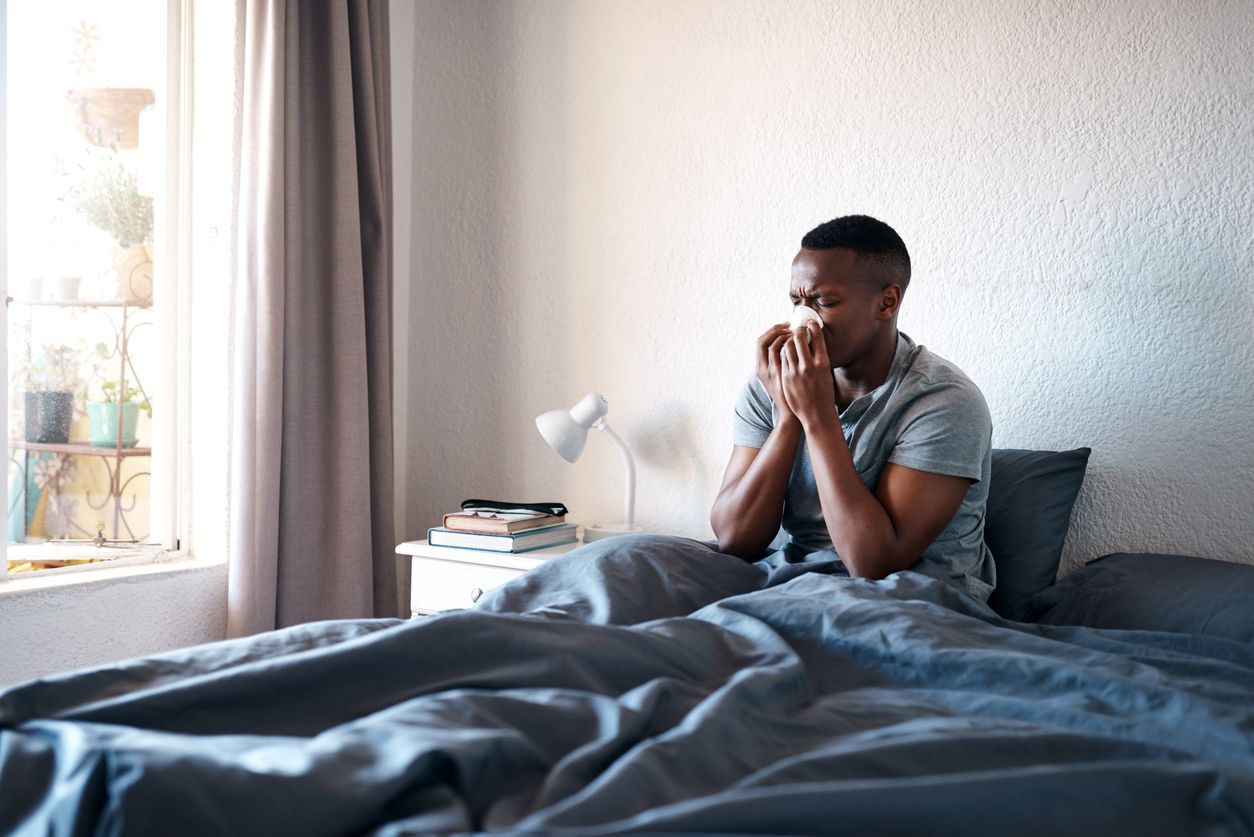
Beyond its many web pages dedicated to workplace best practices, OSHA has published “Guidance on Preparing Workplaces for COVID-19,” which is filled with recommendations for workplace safety and can be a helpful resource for anxious employees. Of particular note, the guide recommends that employers encourage sick employees to stay home; ensure that sick-leave policies are flexible; and permit employees to stay home and care for sick family members. It also suggests that employers not require a health care provider’s note in order to validate an employee’s illness.
CDC Guidance

OSHA has further advised employers to adhere to CDC guidance with regard to workplace safety amid the pandemic. The CDC has issued a variety of documents outlining safety measures that should be in place for specific industries such as manufacturing, meat and poultry processing, and more. Some of the general guidelines include configuring communal work environments so that workers are spaced at least 6 feet apart, if possible; conducting daily health checks; conducting hazard assessments of the workplace; encouraging employees to wear cloth face coverings; ensuring adequate ventilation; and installing hand sanitizing stations. If you have concerns about your workplace, you can read the CDC’s guidance and see what recommendations may have been issued for your industry.
Your Right to Refuse Dangerous Work

Despite official safety recommendations and guidelines, some workers still may feel they’re being required to work in dangerous conditions. OSHA provides guidelines for workers and their right to refuse dangerous work, says Andrew Challenger, senior vice president of global outplacement and business coaching firm Challenger, Gray & Christmas. These guidelines include notifying the employer of unsafe work conditions and filing a complaint with OSHA concerning hazardous work conditions. “If the condition clearly presents a risk of death or serious physical harm, there is not sufficient time for OSHA to inspect, and, where possible, you have brought the condition to the attention of your employer, you may have a legal right to refuse to work in a situation in which you would be exposed to the hazard,” the OSHA policy states. But be sure to familiarize yourself with the entirety of this policy and the various parameters that must be met before you refuse to work.
Trending on Cheapism
A Word of Caution
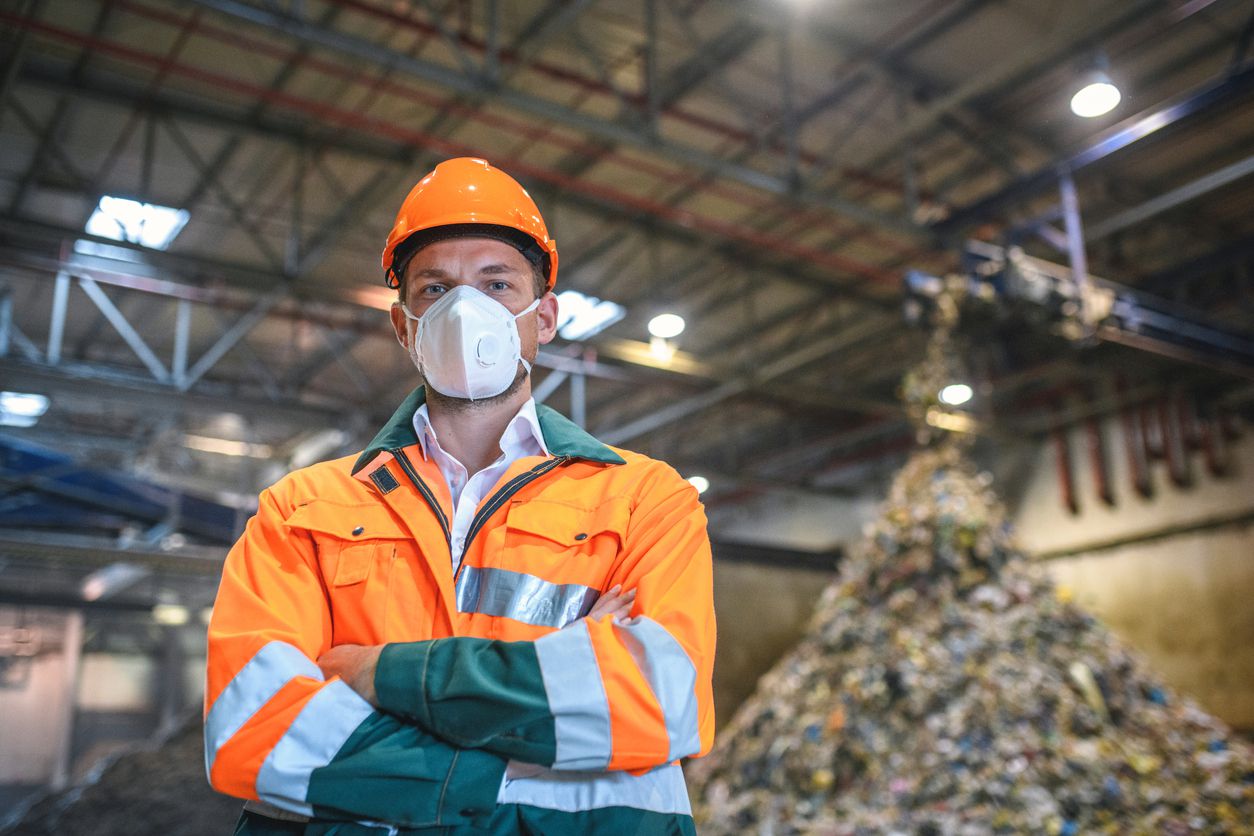
Bear in mind: If your employer is complying with state and local laws regarding safety precautions amid the COVID-19 pandemic, you will have less recourse should you refuse to go back to work. “If the employer is doing everything legally required, you’re in a tough situation,” Granovsky says. “If you don’t go back to work, then you are in essence quitting, which would render you ineligible for unemployment.”
Related: 18 Critical Steps to Take When You’ve Been Laid Off
Work-From-Home Requirements

The good news is that many of the executive orders issued by states amid the COVID-19 pandemic say that if work can be done from home, it must be done from home, Challenger says. You’ll want to investigate what your state requires. What’s more, as part of a recent Challenger survey, 28% of employers reported they would make work-from-home accommodations permanent for some of their workers, while another 27% said they would leave COVID-related work-from-home policies in place until workers were comfortable returning. Another 6% said they would make these accommodations permanent for all workers.
Related: 25 Expert Tips for a Healthy Work-Life Balance While Working from Home
Anti-Discrimination Laws
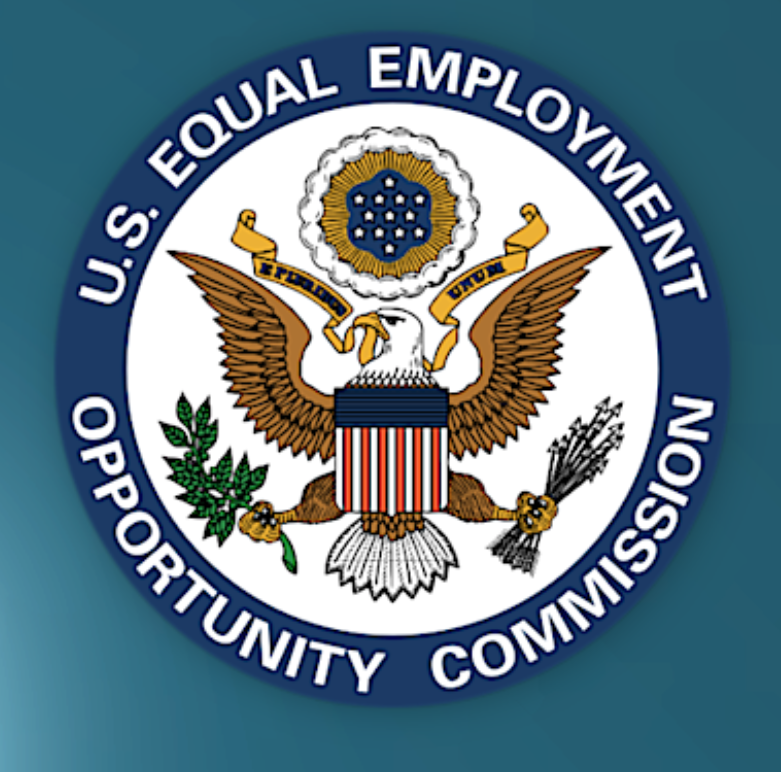
The many risks and fears tied to COVID-19 are not an excuse for an employer to discriminate against an employee. Granovsky points out that employers still must operate under the same anti-discrimination laws that existed in this country prior to COVID-19. One of the primary laws relevant here is the Americans with Disabilities Act. “Employers cannot terminate or take adverse action against employees simply because that employee or a member of his or her family has been diagnosed with COVID-19,” Granovsky says.
Related: How to Deal with Age Discrimination at Work
Sign up for our newsletter
Additional Protections Under the ADA
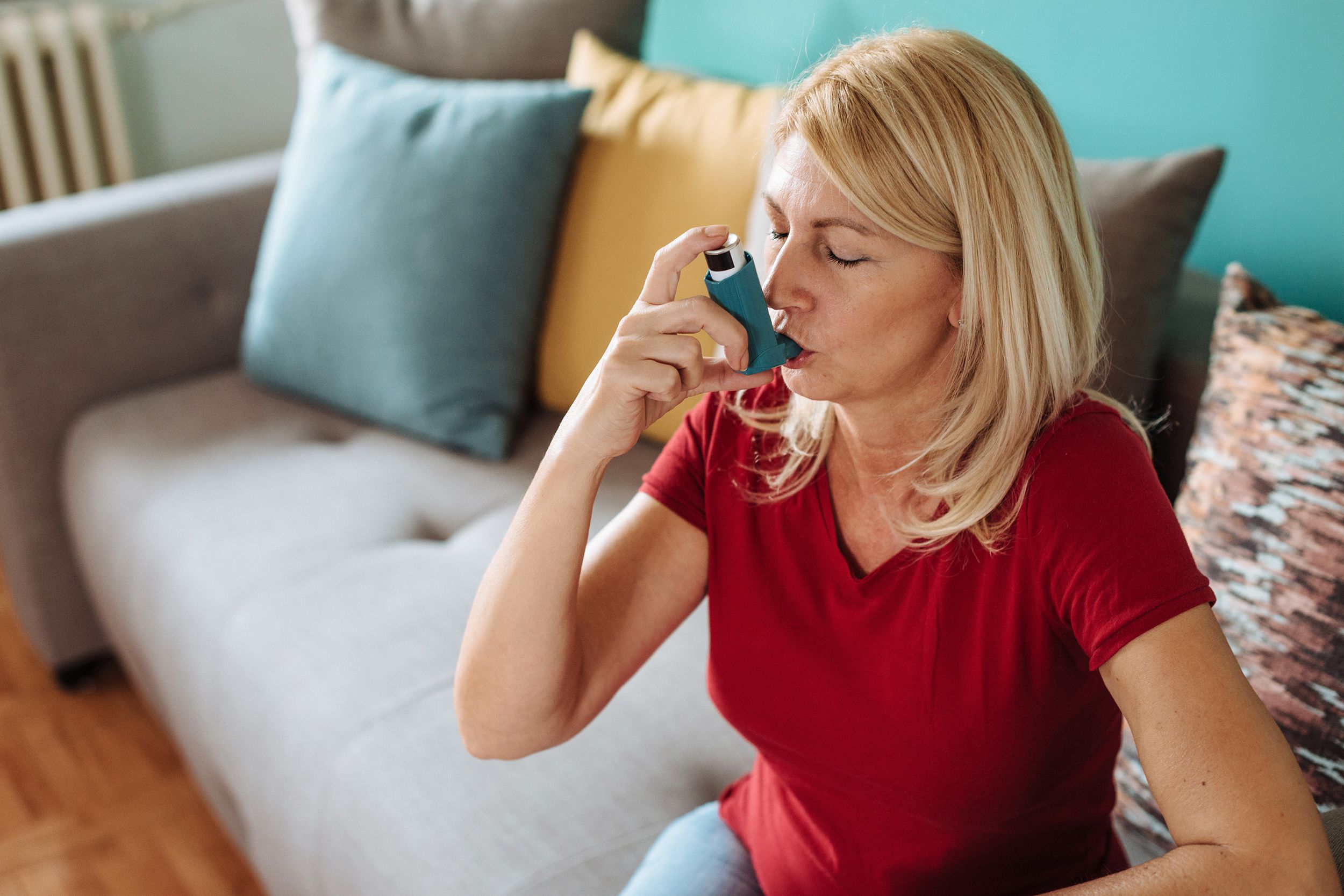
If you have a pre-existing condition such as asthma or diabetes (which have been found to make people more susceptible to COVID-19, according to the CDC), you may now be able to claim that condition as a disability. “We could debate whether those are disabilities, but the point is, you could potentially get a note from a physician saying those are disabilities and submit it to your employer,” Granovsky says. Employers are required under the ADA to make reasonable accommodations for employees if the employee can perform the essential functions of the job. “The ‘essential functions’ are the big stuff,” Granovsky says. “So, for example, if 90% of the job is accounting, but 10% of the job is that you set up group luncheons, if you can still do all of your accounting stuff, that’s the essential function.”
‘Reasonable’ Accommodations

So, what constitutes a “reasonable” accommodation that can be offered by an employer? “For accounting, it’s entirely plausible you could be accommodated by working for home,” Granovsky says. “For someone like a bus driver, however, that’s not going to be an option. Not every reasonable accommodation involves working from home. There are many different types of accommodation, and an employer has to engage in a meaningful dialogue about accommodations. The obligation of the employer is to engage in an interactive process in good faith with the employee.”
Families First Coronavirus Response Act

One additional measure designed to protect workers amid the COVID-19 pandemic is the Families First Coronavirus Response Act. This legal framework doesn’t specifically apply to workplace safety, but it does provide some options for those who cannot return to work because of challenges related to the pandemic. Passed by Congress in April, the measure requires that certain employers provide employees with two weeks of paid sick leave at two-thirds of the employee’s regular pay rate if the employee is unable to work because of a need to care for someone who’s quarantined or to care for a child because of a school closure or lack of child care.
Related: I’m a Single Mother. Here’s How My Life Has Changed During the Pandemic
Short- and Long-Term Leave Options

Many employees fear contracting COVID-19 if they return to work, and that fear may be causing significant anxiety. For those workers, another option may be to apply for short- or long-term disability, Granovsky says, if their workplaces offer such plans. “You may qualify for one of those,” he says. “I wouldn’t be surprised to see this happen — people taking leave because of anxiety disorder.”
Advice From a Health Care Provider

Ultimately, working amid COVID-19 is a health-related decision, and your first step should be contacting a health care provider to discuss your concerns, find out whether they’re valid, and identify options and solutions, Granovsky says. “As with all decisions related to health care, speak to a health care professional,” he says. “This is really a health care issue. It’s not a legal issue. Yes, there’s an intersect, but at its heart, this is a health care issue.”
Related: 16 Health Problems You’re Not Getting Help For — But Should
Bottom Line
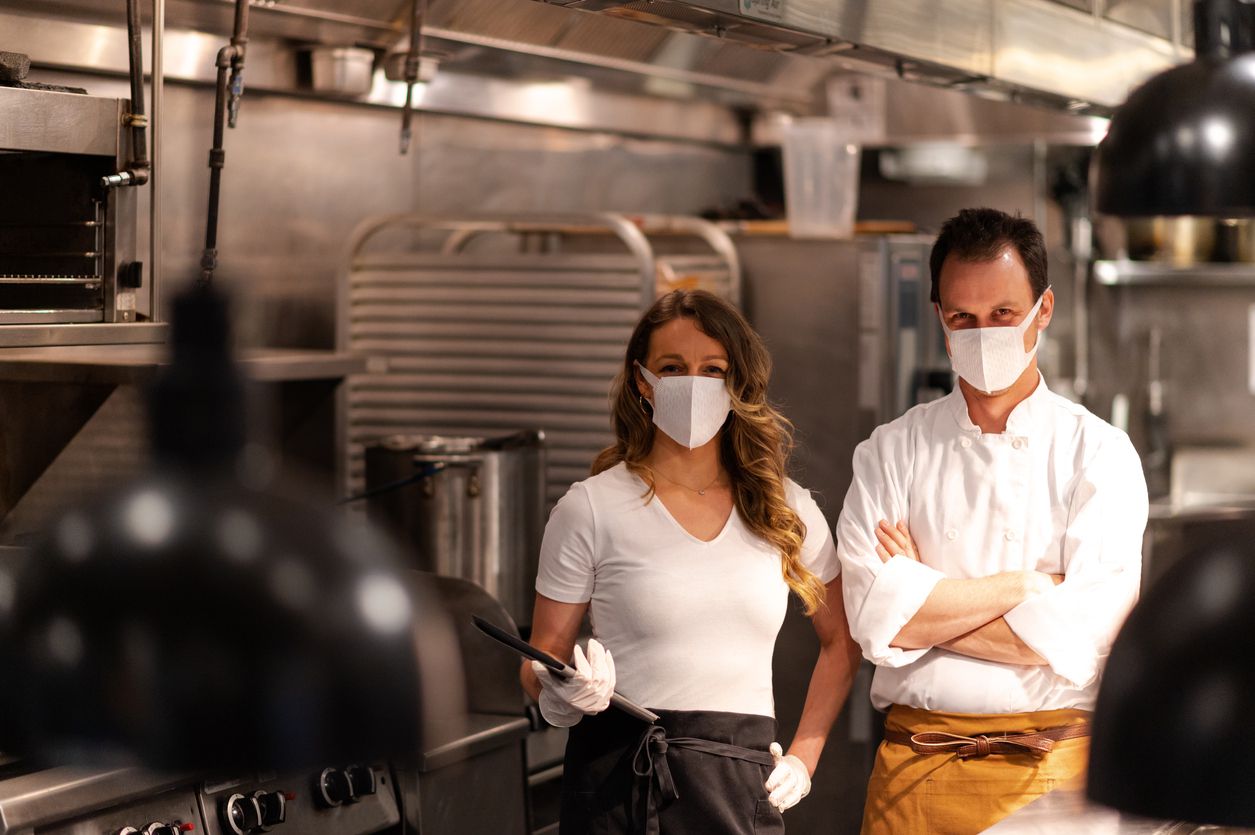
Beyond the various guidelines, recommendations, and laws already discussed, employers have a fundamental duty to address workers’ concerns amid the new normal, Challenger says, particularly while there’s no vaccine available for COVID-19. “First and foremost, employers have a moral and ethical obligation to protect their workers, their families, and their communities,” Challenger says. “In addition to working toward making employees comfortable, employers will also need to protect employees’ privacy when it comes to health, family, and age issues.”


